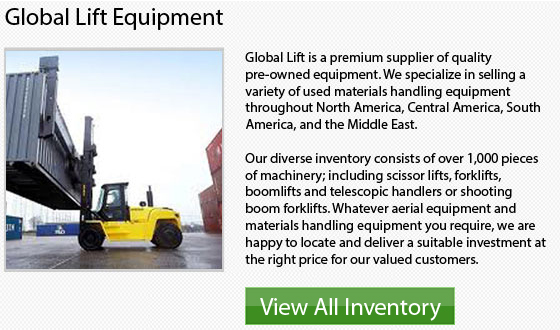
Ever since its introduction during the early 1920s, the lift truck has become an invaluable piece of machine found in numerous industrial operations and warehousing. Clark, amongst the pioneers of the very first lift truck, has grown to become a leader within the material handling industry and still remains a top supplier. Other popular names in the manufacturing of these equipment comprise: Nissan, Yale, Hyster Toyota, Mitsubishi and Cat.
The Hyster brand of forklift has become among the industries most popular manufacturers. In fact, in several regions, the word "Hyster" is synonymous with forklift. Different other names for this industrial lifting machines comprise: fork truck, stacker truck, high/low, lift truck and jitney.
The ancestor of today's machines was initially developed in the early 19th century. At this time, small, battery-powered units were invented for the purpose of moving traveler's baggage at the Altoona train station in Pennsylvania. In WWI, several different types were made within England specially to be used in the material handling industry. These machines evolved as a solution to the lack of manpower at that time.
Today's equipment come in numerous configurations and sizes. Sod loaders are big truck-mounted lift truck models and some of the larger machines, whereas the smaller machines consist of hand truck models. There are also a line of automated versions known as forklift automated guided vehicles which are practically robotic in nature. These models were made as a way of lowering operational costs and to improve productivity.
Attachments have been made to fit onto lots of common forklifts, giving them the capability of performing a wider selection of tasks. The motors can be internal combustion or IC units, working on propane, diesel or gasoline, or there are battery operated options which need regular charging. Typical warehouse units will usually be rated to lift between approximately 1 and 5 tons.
The forklift has become a priceless component within the material handling industry. Thousands of these models are used each and every day throughout the world to perform tasks that used to need much more man-power. Operators should take stringent training programs so as to legally and safely run these heavy equipment. Many employees have longer careers now and better overall health due to their not having to lift items by hand anymore since the forklifts can handle those situations now instead.